Push-ups are a great way to start your workout routine. They work out your chest, arms, and core. But for beginners, doing push-ups can be a little tricky. You might not know how to position your hands or how far to lower your body.
👉In this article, we will show you how beginners do push-ups and give you some tips on how to improve your form!
We’re going to cover:
- ✊ The common beginner (and sometimes advanced athletes) mistakes do
- ✊ Proper push-up technique
- ✊ & How beginners do push-ups
Check out the comprehensive details of push-ups such as how to perform and pointers here: How to do Push-ups
If you’re ready to learn and start doing push-ups, then let’s go!
✨Common Mistakes
Have you seen a proper push-up? It looks easy, but for most beginners, it’s challenging as hell. Here are common mistakes beginners think of push-ups which is why they commit the 📍common mistakes when doing push-ups.
The mistakes of beginners tend to begin even before attempting the push-ups and here they are.
🥺Underestimating Push-ups
Although push-ups are considered easy for beginners, it’s still a challenging exercise for most people. Push-ups are usually taught to beginners in gym class which is true. It’s a fundamental exercise and beginners should work on them. This makes people underestimate push-ups.
However, in a 2010 study conducted by David Suprak et al., you’re basically pushing 70% of your body weight when holding a push-up at the top position and it increases to around 75% at the bottom. For modified push-ups, offer 54% and 62% of body weight respectively for top and bottom positions.
Pushing that amount of body weight isn’t easy for most beginners and this is the MAIN reason why people can’t do push-ups. Most people are not strong enough, but we’re going to work on this gradually until you can perform a complete push-up.
Read more here: 📍Why You Can’t Do Push-ups
🥺Unaware of the proper form
You think you can do push-ups, but are you really doing push-ups?
Ensure that you’re performing the exercise with good technique and form. This maximizes your gains from push-ups while preventing any risk of injuries when performing the exercise.
Here are the mistakes you need to be aware of:
- ❌ Incomplete range of motion
- ❌ Arching the lower back
- ❌ Holding your breath
- ❌ Flaring elbows
- ❌ Incorrect head position
- ❌ Wrong scapula position
- ❌ Excessive speed
- ❌ Not progressive
- ❌ Using the wrong progression
- ❌ Enduring pain when training
You can learn more on these here: 📍10 Common Push-up Mistakes You Need to Avoid
🔥Proper Push-up Technique
🎯How to do push-ups
- Begin on all fours on your hands and knees. Both shoulder-width apart. Arms straight.
- Extend both of your legs straight one by one.
- Adjust your spine and hips into a straight body line.
- Push your shoulders away from your ears.
- Pinch your shoulder blades together. This is the starting position of a push-up.
- Slowly lower your body towards the ground by bending your elbows and leaning forward as you go down.
- Briefly pause for a brief moment at the bottom of the push-up when your chest lightly grazes the floor.
- Explosively push back up to the start position until arms are straight.
- Repeat for reps.
💯Coaching Pointers
- Posterior pelvic tilt – This means tilting your hips forward and avoiding arching your lower back to engage your core
- Shoulders depressed at all times- push your shoulder away from your ears and down towards your hips
- Scapula retracted when pushing down – Imagine pinching your shoulder blades together to hold a pencil in between
- Elbows close to the body – Don’t let your elbows move outwards
- Forearms maintained parallel to the ground
- Engage your chest, triceps, and shoulders to perform the movement
- Full body tension
🔎How Beginners Do Push-ups
⭐️Follow easier progressions
Progressions are the best way to build strength toward full push-ups. Progressions are a set of exercises that gradually get harder as you get stronger. They prepare your body for the full push-up by building the necessary strength in your chest, arms, and core.
If regular push-ups are too difficult for you, start with an easier progression. Below are some progressions that you can follow.
⚡️Wall push-ups
Wall push-ups are the easiest push-up progression because it offers a smaller range of motion while the body is in a more vertical body position making the basic push-ups a lot easier. All you need is a wall and you can get started on your wall push-ups.
Usually, wall push-ups are done by complete beginners. These are done at higher rep ranges if the intensity is quite low for you before you move into a harder push-up variation. Follow the general push-up guidelines given above.
⚡️Incline push-ups
The incline push-up is similar to the wall push-up in the way that you’re making the push-up easier by putting your body in a more vertical position. However, with incline push-ups, your body is much lower than in wall push-ups so you can get more intensity out of the variation.
This exercise is very scalable for beginners and follows the same movement pattern as the floor push-ups. Start with a higher elevated surface then slowly lower down until you can get down on the floor.
⚡️Knee push-ups (modified push-ups)
Knee push-ups or modified push-ups are the second easiest progression from wall and incline push-ups. This movement is a great way to start getting used to the full range of motion in regular floor push-ups while still having your knees touch the ground.
⚡️Eccentric/Negative push-ups
Eccentric or negative push-ups are the third progression from wall and incline push-ups. This movement is a great way to start getting used to the full range of motion in regular floor push-ups while not having your knees touch the ground.
Why do eccentrics work? Our muscles are much stronger during the eccentric (lowering) phase of an exercise than in the concentric (lifting) phase. So, by lowering yourself slowly, you’re able to build strength and get used to the full range of motion in regular floor push-ups.
💪Addressing weaknesses
💥Upper body strength
The first obvious reason why you can’t do push-ups is that you’re simply not strong enough. There are weaknesses in the prime movers and other stabilizing muscles.
The prime movers in a push-up are the chest, triceps, and shoulder muscles. There can also be a potential weakness in your scapula 📍(what is the scapula) or serratus anterior which all assist in the movement.
You can address these weaknesses by performing the progressions. Always start from the bottom of the progression then work your way to the top until you can perform the full push-up.
💥Core strength
If you’re having trouble with push-ups, it might be because your core isn’t strong enough to stabilise your body in the plank position. Notice that when performing push-ups, you’re basically holding a plank position with your body the entire time.
A common symptom of a weak core is an obvious arching of the lower back. This compensation happens to shift the load from your core to your spine, which can cause back pains over time. Another manifestation of not having enough core strength is having difficulty maintaining a straight and hollow body position. When hips rise, or you hinge at the hips, then you have to work more on your core first.
You can address this by performing exercises that target your core muscles, such as planks, side planks, and bird dogs.
💥Wrist mobility
When performing push-ups, your wrists will be flexed and loaded in the entire range of motion of the push-ups. This small joint is the base which is why many people who aren’t prepared to do push-ups tend to get wrist pains.
You can address this by working on your wrist mobility. You can do this by stretching your wrists every day and doing some light exercises that target the muscles around the wrists.
These are just some of the things you need to work on if you’re having trouble with push-ups. Remember that everyone starts from somewhere and that you can always progress towards one skill if you work on it specifically.
📌Takeaway
Push-ups are a great way to build full-body strength. If you’re a beginner, start with the wall push-ups then work your way up to the floor push-ups. Remember to focus on form and quality over quantity.
If you’re struggling with push-ups, it might be because of upper body weakness, core weakness, or lack of wrist mobility. Address these weaknesses by performing the appropriate progressions and exercises.
Start slow and focus on quality over quantity. With time and practice, you’ll be able to do perfect push-ups in no time!
If you want to learn push-ups and the entire calisthenics fundamentals, then check out our PERSONALIZED and ADAPTIVE program from The Movement Athlete.

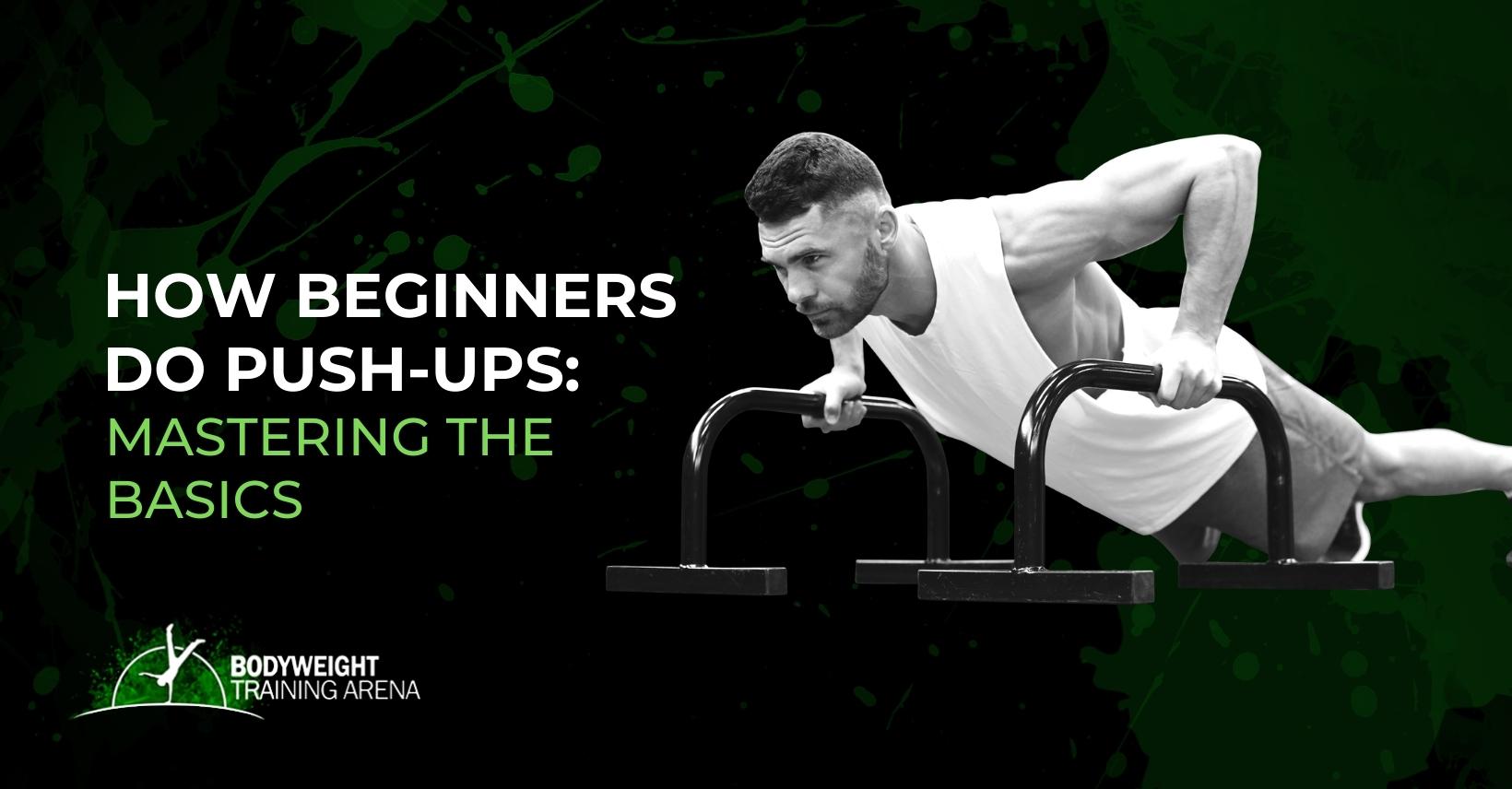
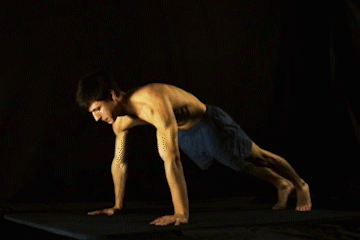
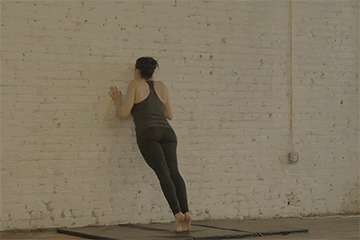
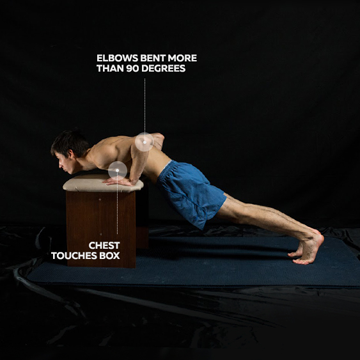
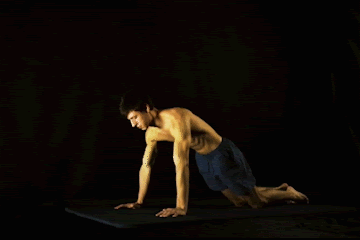
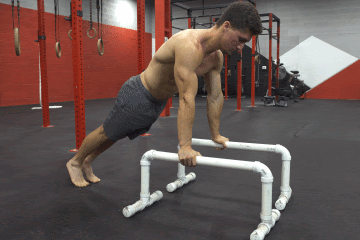
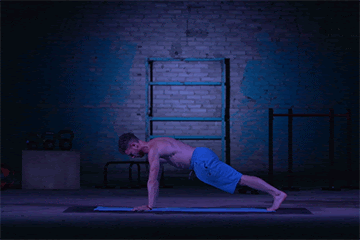
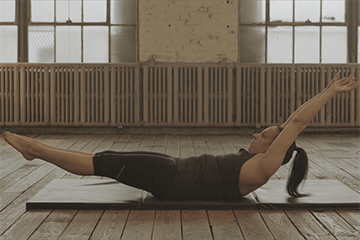
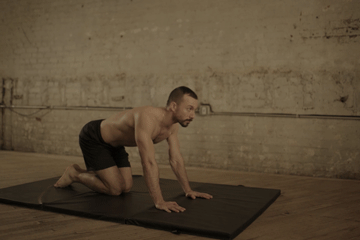
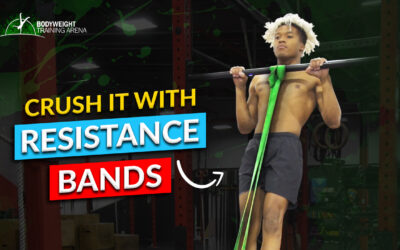

0 Comments